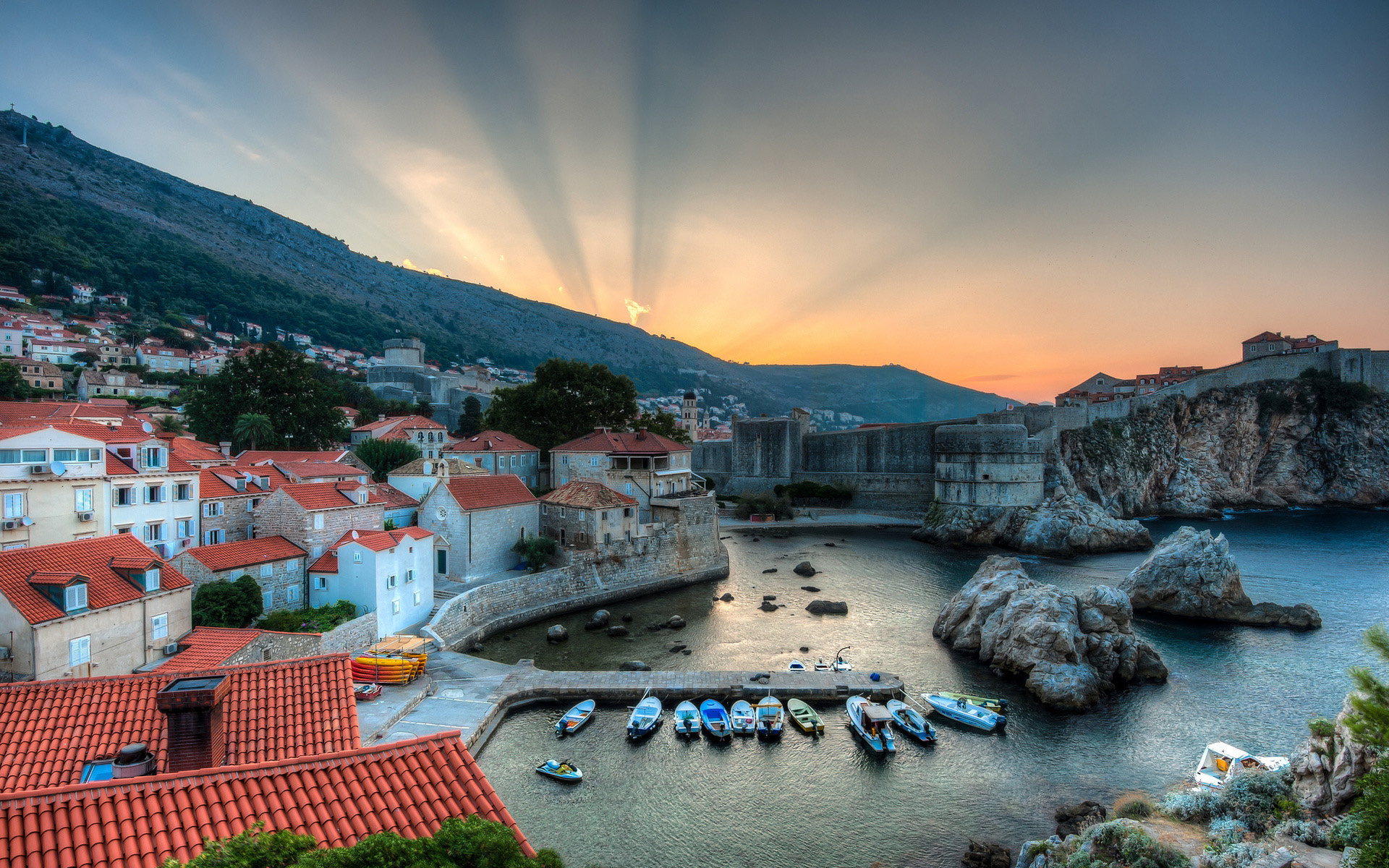
Each of our destinations within Europe has an overabundance of great activities and sights to take in before people are whisked off to the next leg of their adventure. This article is here to condense some of the information so that you, the ever busy traveler, don’t have to search all over for ingenious ideas on how to spend your time. Today we take you to the beautiful city of Amsterdam!

The Anne Frank House is a historic house and biographical museum which honors the Jewish wartime diary writer Anne Frank. During the war Anne Frank hid from the Nazis with her family and four other people at the rear of a canal house, known as the Secret Annex. While Anne Frank did not survive the war her diary was published in 1947 to great acclaim. It has been said that Anne Frank represents the millions of lives lost during the holocaust, giving a face and words to an event perhaps too horrible to fully accept at first blush. In 1957 the Anne Frank Foundation was established to protect the house from developers who wanted to demolish it. The house is one of the most well regarded sites in all of Amsterdam, with visitors noting how well the museum retells the history of Anne Frank's journey. It is also a popular site, with well over a million people visiting it each year.

The Royal Concertgebouw is a concert hall in Amsterdam. Construction of the hall began in 1883, inspired by the Gewandhaus in Leipzig, and it opened in 1888 to an inaugural concert which featured 120 musicians and a chorus of 500 singers! In 2013 in honor of the building's 125th year Queen Beatrix gave the building the Royal Title of "Koninklijk." The concert hall is considered one of the finest in the entire world due to its very impressive acoustics, being rivaled only by places such as Boston's Symphony Hall. The main hall seats almost 2,000 people! Nearly a million people visit the hall each year, with nothing but glowing reviews for the amazing sounds produced within its halls.

Royal Palace of Amsterdam is one of three palaces in the country which can be used by the monarchy as per the order of the Parliament. Originally a city hall during the Dutch Golden Age in the 17th century, the building became a royal palace of King Louis Napoleon in the early stages of the 19th century, he himself probably most famous for being Napoleon Bonaparte's brother. When the Netherlands were annexed by France in 1810 it was once again used as a town hall and would not be returned to the Dutch royalty until King William I took the crown.

Amsterdam has a lot of amazing landmarks. Some are filled with a tragic beauty, while others uplift the spirit and remind us of our place in history! Amsterdam is just one of the many great locations hat can be found on our President's Choice: Best of Rhine River Cruise! For all of the details on this exciting BOGO trip, please go here.














































